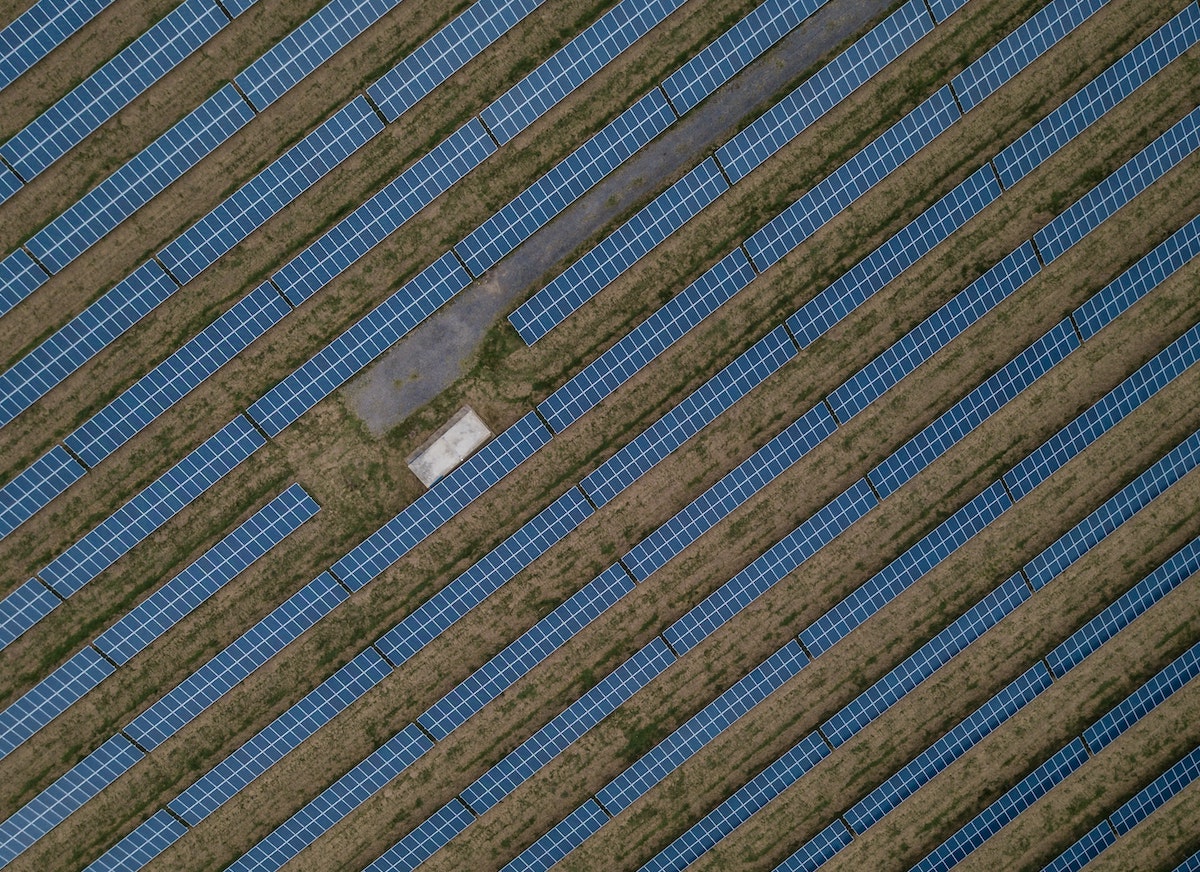Ag Fields and Old Landfills Make Good Sites for Solar Panels
Land Is a Scarce Resource but Combining Uses Helps Conserve It

A basic sustainable principle is solving multiple environmental challenges in a single project. My last article discussed siting photovoltaic arrays over California’s water canals to cut evaporation, conserve farmland, and produce clean energy. Another similar multifaceted strategy is to locate solar farms on the 10,000 closed or inactive landfills scattered across the country. The few of these sites that have been solarized are mostly in New England. The untapped potential to make old landfills into solar centers is enormous, enough to power 7.8 million homes, according to a Rocky Mountain Institute report.
Buried hazardous materials, landfill gas wells, and surface settling are issues that make old landfills unsuitable for many other uses. However, most closed sites have connections to local power grids as well as road access, both requirements for renewable energy development. Perhaps most importantly, creating clean energy developments can start to alleviate decades of racial injustices. According to the U.S. Department of Energy, “race was the most significant factor in siting hazardous waste facilities and that three out of every five African Americans and Hispanics are living in a community housing toxic waste sites.”
Another clean energy strategy that aligns with the principle of addressing multiple environmental problems is agrivoltaic farming. Researchers at the University of Arizona, the University of Colorado, and the National Renewable Energy Laboratory (NREL) have been tackling the competition for land between energy and agriculture by exploring how these two can be combined within the same site. Dozens of tests have been run in a variety of climate zones across the U.S., as well as in Europe and Africa. The results have been auspicious: crop yields have increased, sometimes as much as three-fold; less water is needed, at times 50 percent less; and the evapotranspiration cools the panels, making them more efficient. On this last point, the evaporation from plants under the panels reduces the temperature of the panels by nine degrees, creating a 4.5 percent increase in generation efficiency. Panels need to be separated far enough apart and positioned at least eight feet off the ground to drive a tractor between them.
The NREL estimates that at least two million acres of US farmland will be converted to solar in the next decade. By combining solar and crop production, valuable farmland can be preserved. Furthermore, this would be added income for many family farms barely hanging on in a world of big ag consolidation.
For these symbiotic partnerships to become widespread, many jurisdictions will need to modify their historic farmland designation. In addition, financial incentives will need to be available for farmers to add solar to their fields. This joining of land uses has great potential in the West, where rich farmlands abound but drought is becoming increasingly acute.
Support the Santa Barbara Independent through a long-term or a single contribution.



